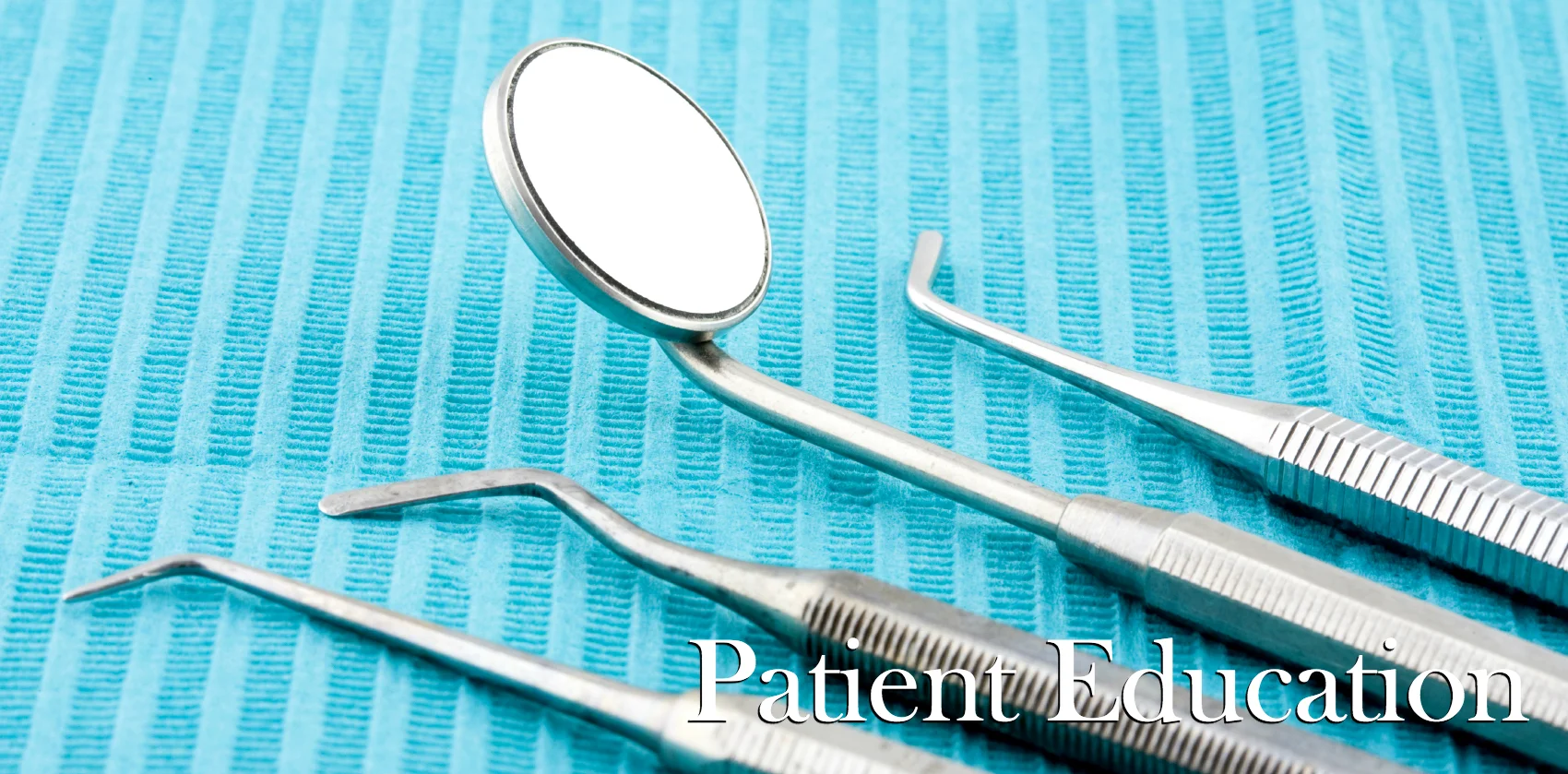If you have had an implant placed at our office or one of our specialists' offices, chances are you had to wait three to four months for the implant to heal before having a crown placed on it. Conversely, you may know someone who had an implant placed and left the same day with a (temporary) Crown. Why did you have to wait all that time for your crown? The reality is that there are hundreds of approaches to implant placement, and our office uses the most predictable and conservative method possible.
Dental implants gain their rigidity in the mouth from two primary sources: the physical retention of the implant screw in bone and the growth of new bone around the implant. The screw force that develops immediately as the implant is placed is formally known as primary stability. This type of retention locks the implant and allows the new bone to form around the it, creating a phenomenon known as osseointegration or secondary stability. Osseointegration creates the definitive force that stabilizes the implant crown for daily use.
Some techniques will rely on primary stability to support a crown on the implant immediately. In these methods, the screw force of the implant is absorbing all the forces of biting or chewing. Any movement or looseness would prevent new bone growth and could lead to implant failure. At Thousand Oaks Family Dentistry, we know a dental implant is a big investment into your future comfort and quality of life. We prefer to use the most predictable implant techniques and wait for secondary stability to develop. Waiting three to four months for your implant to fully heal is a small price to pay for better chances at success!
We know that choosing a treatment to replace a missing tooth can be overwhelming. At our office, we pride ourselves in offering patients all their treatment options, along with a thorough evaluation to help you pick the right choice. If you have any questions about dental implants, bridges or other tooth replacement methods, please give us a call!









